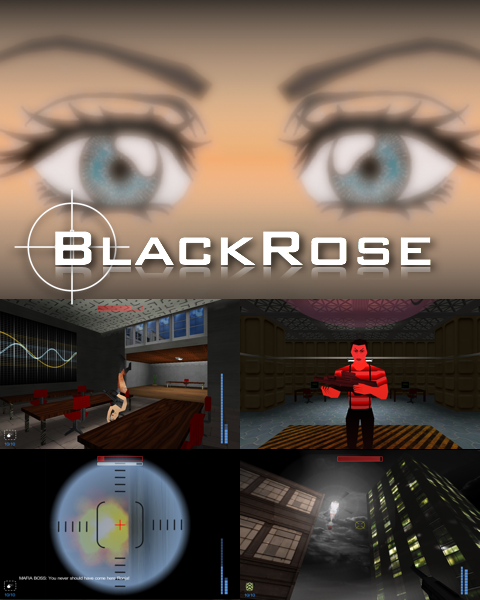
On one map of Battlefield 4, it was possible for players to destroy a dam, causing the entire map to be flooded by water. In the updated engine, the environments became much more dynamic upon the actions of the players and Destruction 4.0, which was known as Levolution in Battlefield 4. In March 2013, Battlefield executive producer Patrick Bach announced that Frostbite 3 would not support the Wii U, saying that "the Wii U is not a part of our focus right now." The third generation of Frostbite made its debut in Battlefield 4 on 29 October. On 26 March 2013, Army of Two: The Devil's Cartel became the first third-person shooter and last video game to employ Frostbite 2.

#Dim3 game engine series#
On 23 October, Medal of Honor: Warfighter became the first game of its series to feature Frostbite in both single and multiplayer. On, DICE rendering architect Johan Andersson said that future personal computer video games running on Frostbite would have to be played on 64-bit operating systems. It took a year for EA Black Box, the developer of Need for Speed: The Run, to re-purpose the game engine for driving instead of shooting. For the first time in a game that was not a shooter nor developed by DICE, Frostbite was brought to the Need for Speed series with 2011's Need for Speed: The Run, which was released on 15 November. Further changes to the engine included the addition of suppressive fire and disabling vehicles before destroying them. Also making its debut was Destruction 3.0, which made falling debris potentially lethal to the player. Frostbite 2 features powerful upgrades such as deferred rendering and real-time radiosity. On 25 October 2011, Frostbite 2 made its debut in Battlefield 3. This version was also employed in the multiplayer aspect of Medal of Honor (2010), becoming the first video game outside of the Battlefield series to run on Frostbite. In the upgraded game engine, it was now possible for players to cause enough destruction to entirely demolish structures. A newer version of Frostbite would later be employed in Battlefield 1943 (2009) and Battlefield: Bad Company 2 (2010), which would come to be known as Frostbite 1.5. HDR Audio allowed differing sound levels to be perceived by the player whilst Destruction 1.0 allowed players to destroy the environment. The engine was developed with an HDR Audio and Destruction 1.0.

The first iteration of the Frostbite game engine made its debut in the 2008 video game, Battlefield: Bad Company. Destruction in Battlefield: Bad Company on Frostbite 1


 0 kommentar(er)
0 kommentar(er)
